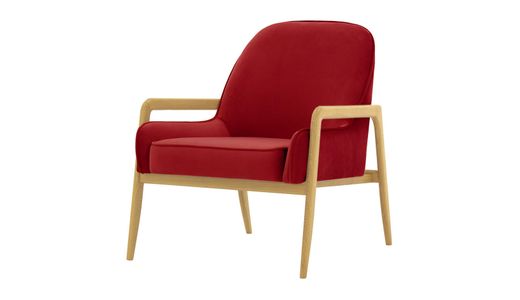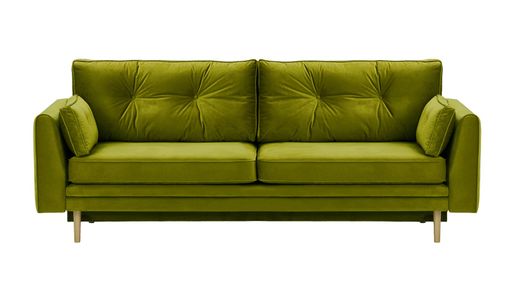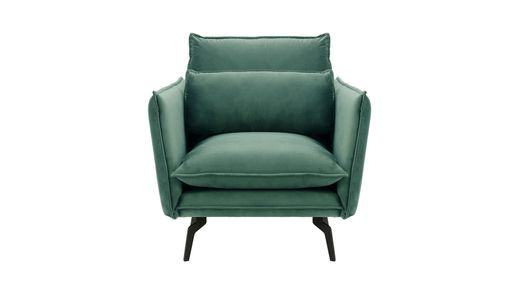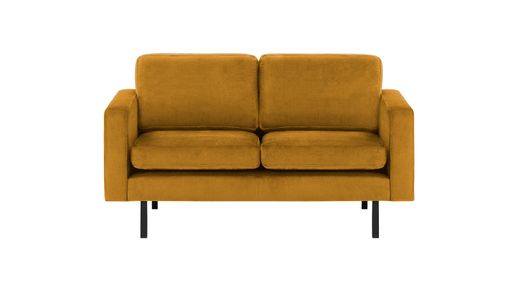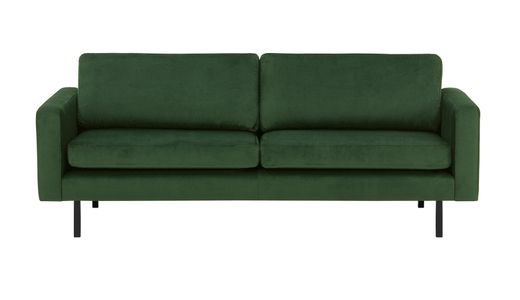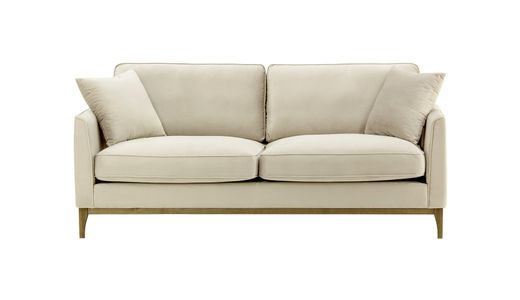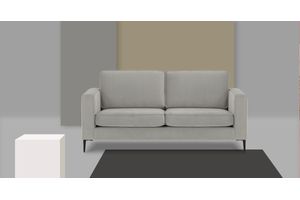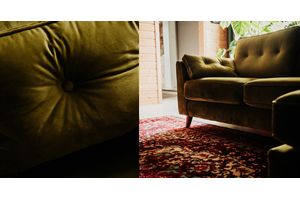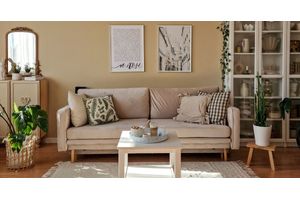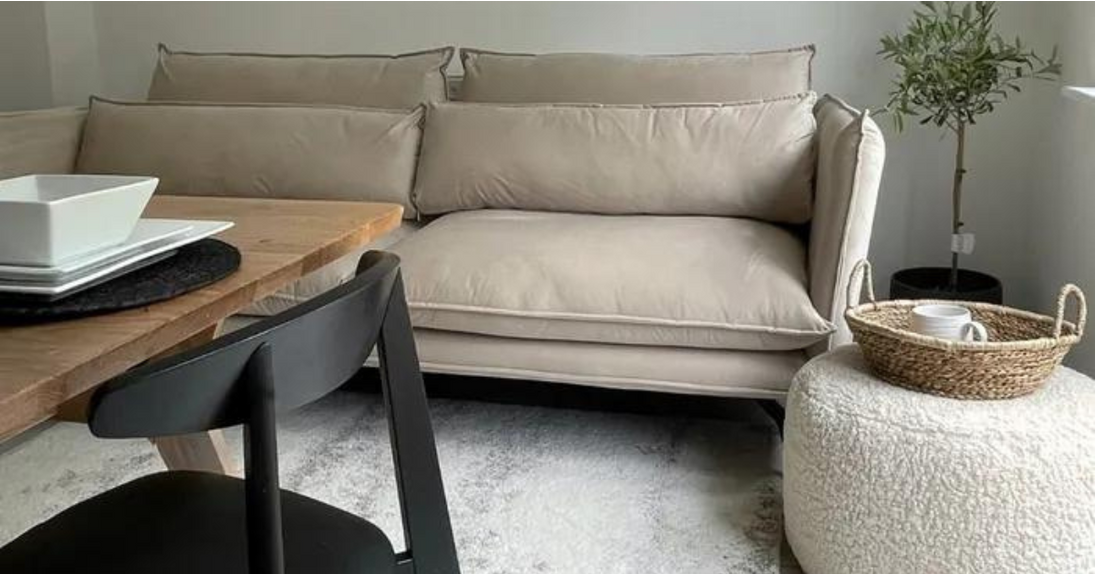
Harmony and Simplicity in Scandinavian Style Interiors
Scandinavian design is one of the most popular trends in interior design, whose popularity is constantly growing worldwide. It is characterised by harmony, functionality and simplicity of forms, which make interiors decorated in this style both elegant and cosy. In this article, we take a closer look at this trend, its characteristics and how it can be implemented.
The origins of the Scandinavian style lie deep in the history and culture of the Scandinavian countries, which for centuries have developed their unique approach to life, design and interior design. The development of this style was the result of many factors that influenced its shape and character.
Craft Traditions and Popular Culture
The Scandinavian countries have a long history of craft traditions that have had a great influence on the development of the Scandinavian style. Artisans from these regions have been creating functional and beautiful everyday objects for centuries, often using natural raw materials available in the region, such as wood, linen or wool. This tradition of excellent craftsmanship and attention to detail is still reflected in today's Scandinavian designs, which are characterised by high quality workmanship and simple forms.
Modern Minimalism
Scandinavian style is also the result of a combination of tradition and a modern approach to design, known as minimalism. Minimalism is a concept that focuses on simplifying form and function, eliminating unnecessary elements in favour of pure simplicity. This approach aligns perfectly with the Scandinavian philosophy, which focuses on functionality, comfort and harmony.
Influence of Climate and Nature
The climate and nature of the Scandinavian region have also played an important role in shaping the Scandinavian style. Long, cold winters and short, bright days have influenced the need to maximise the use of natural light and create interiors that are warm, cosy and bright even on the gloomiest days. In addition, Scandinavian landscapes such as mountains, forests and seas provide an endless source of inspiration for designers, who often refer to nature in their designs through the use of natural materials, shapes and colours.

Raw but Harmonious Landscapes
Scandinavian landscapes, although often harsh and wild, are at the same time full of harmony and beauty. It is the contrasts between the harshness of nature and the peace and harmony experienced by the inhabitants of these regions that have inspired interior designers. The Scandinavian style seeks to reflect this harmony through simplicity, functionality and minimalism.
Bright Colours: The use of bright colours in Scandinavian interior design not only optically enlarges the space, but also makes the interiors more welcoming and stimulating. White, grey, beige and soft pastels form a neutral base, which can be complemented by colour accents in the form of accessories or textiles, for example. This subtle yet elegant colour palette blends perfectly with the natural materials characteristic of the Scandinavian style.
Natural Materials: The use of natural materials is one of the key elements of the Scandinavian style, which emphasises the connection with nature and the care for ecology. Wood, linen, cotton or wool give the interiors warmth, texture and authenticity. They catch the eye with their natural beauty and are pleasant to the touch, making interiors more cosy and inviting.
Minimalism: Minimalism is one of the most characteristic features of the Scandinavian style. Simple lines, functionality and a lack of unnecessary embellishments make interiors clear, calm and harmonious. Minimalist furniture and minimalist decoration focus attention on the essential elements and promote a sense of order and lightness.
Light: Due to the specific climatic conditions in Scandinavian countries, light plays a key role in interior design. Large windows make the most of the natural light that enters the rooms for most of the day. Bright wall colours and light-reflecting accessories further enhance the spaciousness and brightness of the interiors.
Emphasis on Nature: Plants are an integral part of the Scandinavian style that adds life, freshness and colour to a space. In addition, plants not only decorate interiors, but also purify the air and create a pleasant, natural atmosphere. Potted plants, bouquets of cut flowers or even wooden accessories allude to nature and emphasise the connection with the surrounding world.
All these elements together create the unique aesthetic of the Scandinavian style, which not only reflects the specific culture and traditions of the Scandinavian countries but also inspires the creation of functional, beautiful and cosy interiors where everyone can feel at home.

Methods of implementation
If you want to create a Scandinavian-style interior, keep simplicity and functionality in mind. Choose light colours for the walls and natural materials for the finishes. Opt for minimalist furniture with simple forms and avoid excess decoration. Introduce lots of natural light into the interior through large windows and bright accessories. And don't forget plants to add freshness and life to your space.
Check out the wide range of Scandinavian style sofas and armchairs available at SLF24:
- Malone 3 Seater Sofa
- Amelia Sofa Bed with Storage
- Linara 2 Seater Sofa
- Layla Armchair
- Turin Armchair
Minimalist, elegant design and high quality workmanship make them perfectly suited to the aesthetics of this style. The sofas are made of high-quality fabrics in muted colours such as beige, grey or blue, while the armchairs are characterised by simple, geometric forms. With these, you can create a cosy and stylish space in your home, fully reflecting the spirit of Scandinavian design.
Scandinavian-style interiors are the perfect way to create a harmonious and cosy space that is conducive to rest. Thanks to the simplicity of the forms, the natural materials and the emphasis on light and nature, you will be able to enjoy an interior full of peace and balance.
